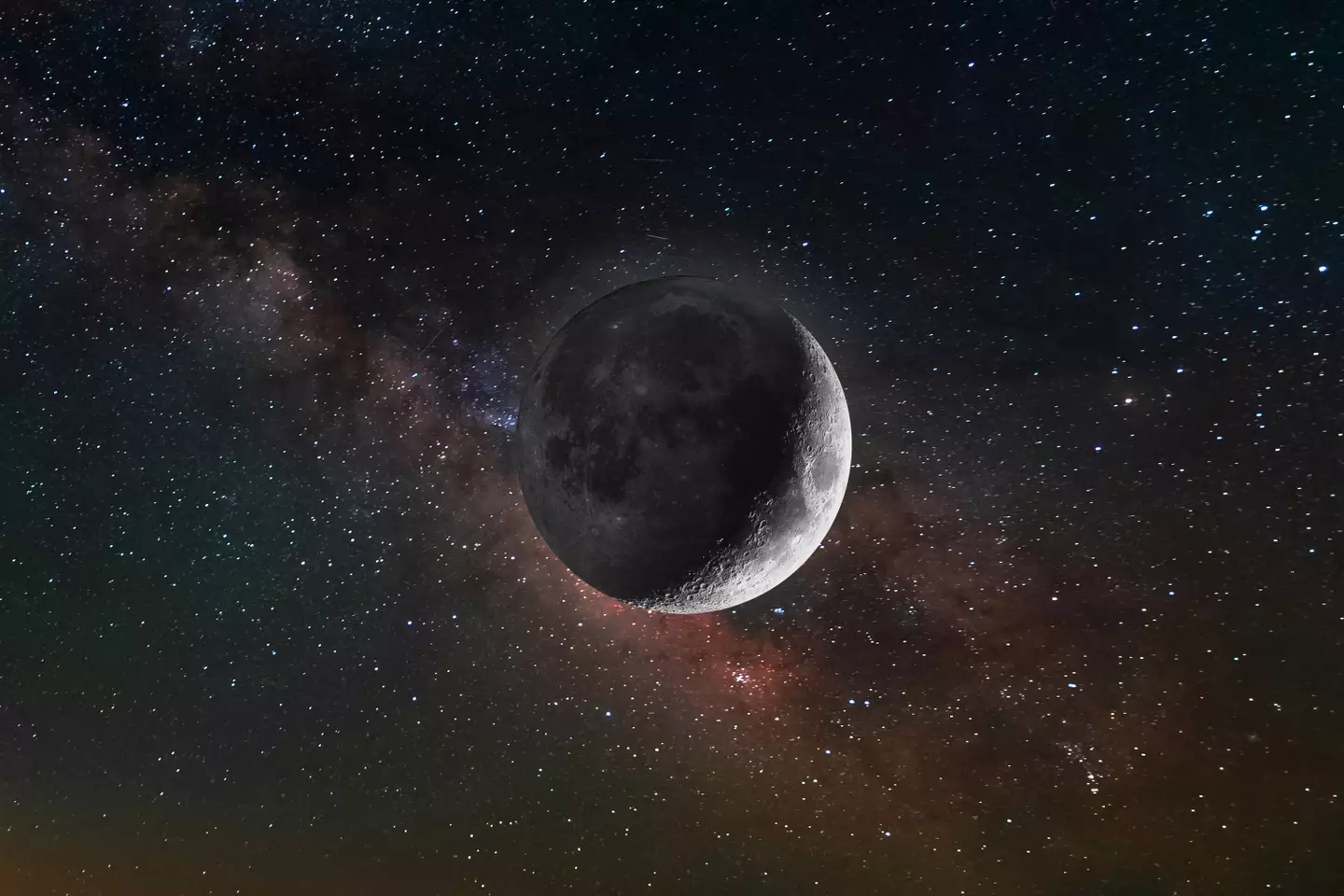NASA Reveals Shocking Cosmic Twist: Earth to Host a Second Moon for Over Six Decades
So, it turns out Earth isn’t quite the one-moon show we thought it was—NASA just confirmed a second ‘quasi-moon’ tagging along on our cosmic road trip around the sun. Now, I know what you’re thinking: another moon? Not exactly. This little rock, christened 2025 PN7, is more like a tiny, neighborhood wallflower—about the size of a small building—that’s been shadowing Earth for some 60 years, sticking around for possibly another 58 before it decides to drift off into space. It doesn’t exactly share the full moon’s gravitational VIP pass but moves in near-perfect sync with us, orbiting the sun on an Earth-like path. Imagine having a quiet, cosmic sidekick you barely notice, lurking somewhere between a few kilometers and millions away. And the kicker? We only spotted this elusive guest by sheer chance during a routine telescope survey this year. Who knows what other celestial hitchhikers are out there, quietly keeping pace? Ready to dive deeper into Earth’s newfound quasi-moon mystery? LEARN MORE.
NASA has confirmed the existence of a new second ‘quasi-moon’ which will orbit Earth like a second moon.
While the rare celestial object isn’t officially a real moon, the rock will travel almost exactly in sync with Earth, orbiting the sun in a similar path.
The object, discovered by researchers at the University of Hawaii, is only believed to be around 18 to 36 metres wide, roughly the height of a small building, making it significantly smaller than the moon.
Though the small ‘quasi-moon’ is only a temporary guest running alongside us as we make our way around the sun, we can expect it to stick around for a while longer.
The rock, which has been named 2025 PN7, isn’t bound by gravity like us and the real moon, however researchers believe it may have already been with us for around 60 years, and if its current orbit holds, it could stick with us a further 58 years until 2083. After that, it’s expected to just float off into open space again.

2025 P7 is a ‘quasi-moon’ following Earth’s orbit around the sun (Getty Stock Images)
In the meantime, the space rock varies in terms of how close it comes to Earth, sometimes edging as close as 4 kilometres away and even swinging out as far as 17 million kilometres as a result of the competing gravity of the sun and neighboring planets, Geekspin reports.
So how come 2025 PN7 is only just on our radar now, after 60 years of travelling alongside us? Well, due to its tiny size, finding it was no mean feat and it was only by chance that the team spotted it during a routine telescope survey earlier this year.
They noticed a tiny speck floating against the stars, but after weeks of observations, they were able to confirm the object was in fact following Earth’s pace around the sun – a fact later confirmed by NASA.
.jpg)
The second moon will stick with us another 58 years (Getty Stock Images)
As many as eight quasi-moons have been spotted by astronomers in the past, each one helping to shape our understanding of how space objects are impacted by Earth’s gravity.
Of course, our moon will remain the dominant natural satellite, however these quasi-moons are simply our temporary companions for a period of time and 2025 PN7 is no different.
It’s highly unlikely you’ll be able to spot the visitor yourself, unless you happen to have your own telescope, but there’s something quite comforting in knowing we have an extra terrestrial passenger joining us on our annual trip around the sun.
Auto Amazon Links: No products found.














Post Comment